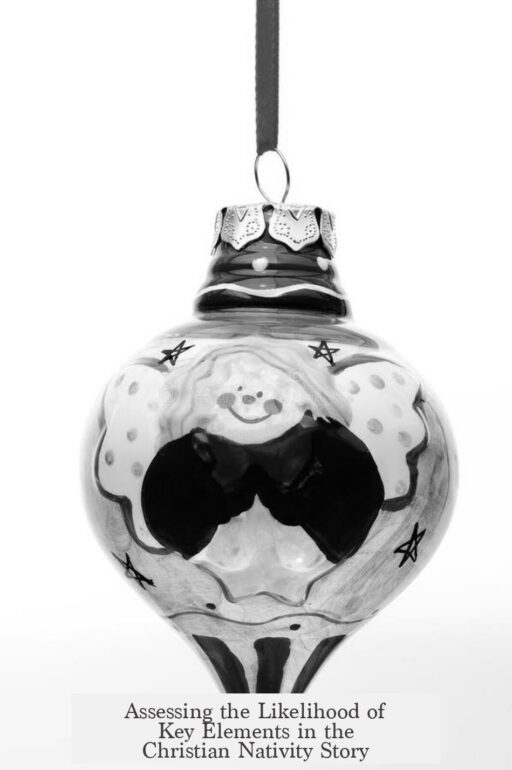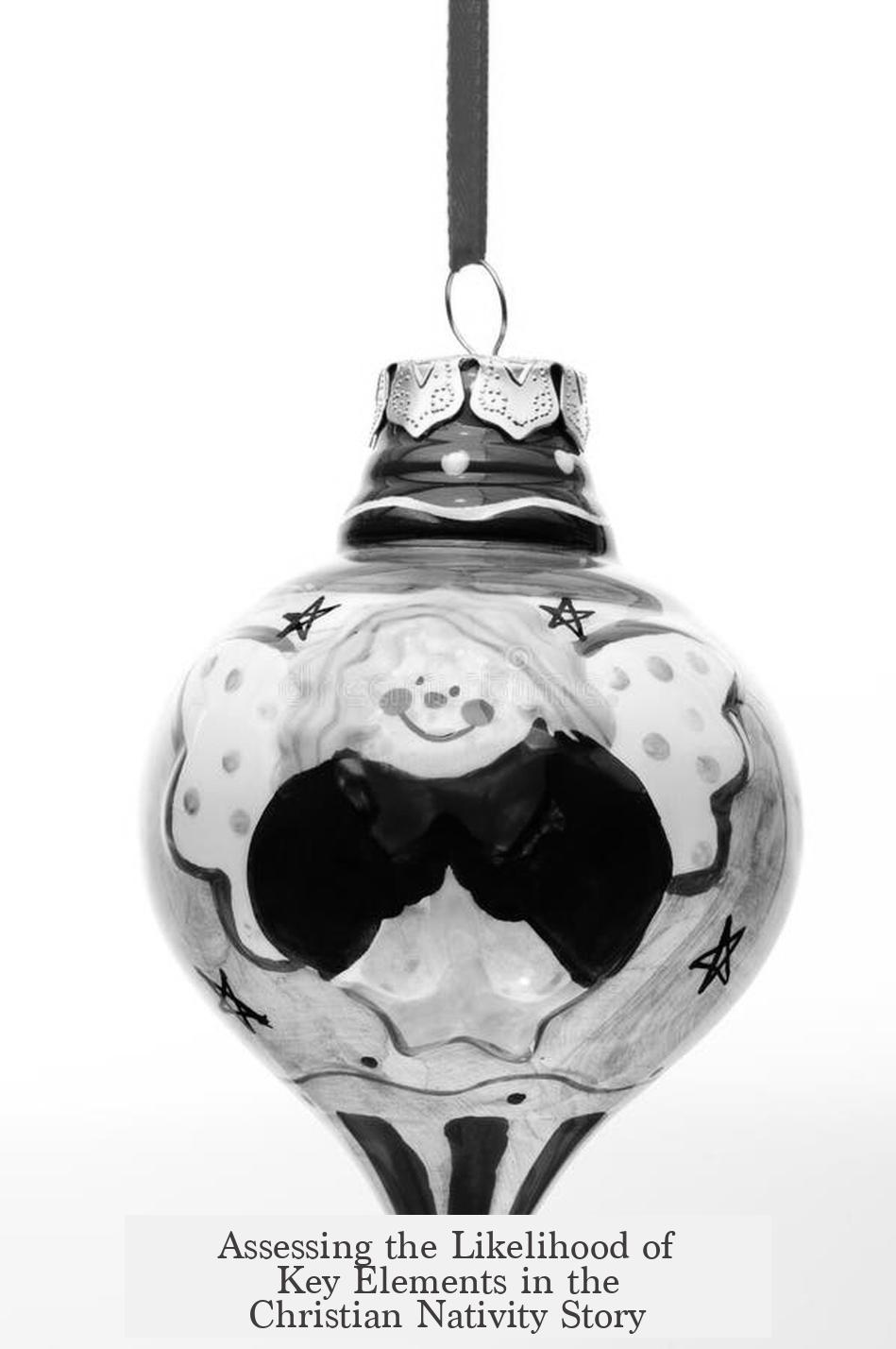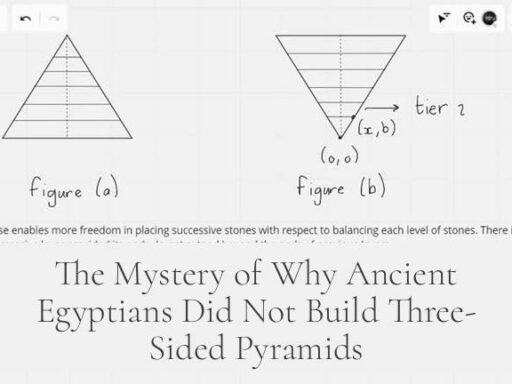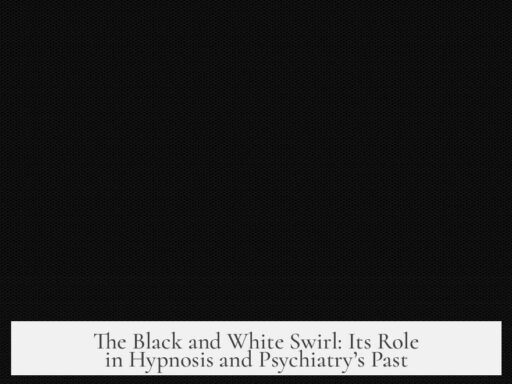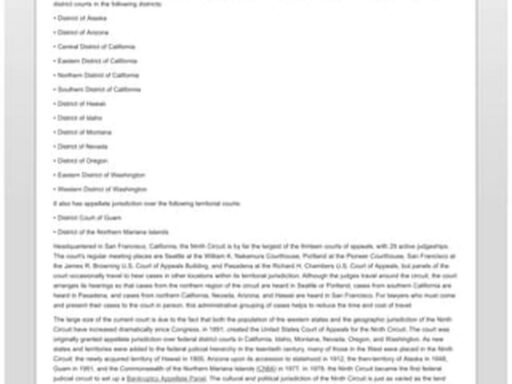The various elements of the Christian Nativity story are largely considered historically unlikely or mythologized by biblical scholars due to contradictions, lack of corroboration, and implausible details. The two distinct Nativity accounts in Matthew and Luke present conflicting narratives with minimal overlap, undermining their historical reliability.
There are two primary and almost entirely separate Nativity stories in the Gospels of Matthew and Luke. Matthew includes the star of Bethlehem, Magi, dreams and prophecies, the massacre of the innocents, and the flight to Egypt. Luke features the annunciation to Mary, the census prompting travel to Bethlehem, birth in a manger, shepherds’ visitation, and presentation at the Temple. These accounts contradict on key points, such as the birth date, family movements, and interaction with King Herod, providing no unified timeline or consistent narrative. Minimal elements shared are the names Joseph and Mary, Joseph’s Davidic lineage, and Mary’s supernatural pregnancy.
A detailed comparison shows that Matthew places Jesus’ birth during King Herod’s reign (circa 4 BCE or earlier). The family lives in Bethlehem initially, flees to Egypt to escape Herod’s siege, and then moves to Nazareth in Galilee after Herod’s death. Matthew also features the Magi following a star—whose existence and significance lack historical support—and a brutal Herod-driven massacre that is not recorded outside biblical texts.
Luke, meanwhile, sets the birth during the governorship of Quirinius (6 CE or later), a census-driven journey that moves Joseph and Mary from Nazareth to Bethlehem. The family freely visits Jerusalem without fear, contradicting Matthew’s flight from Herod. Luke’s narrative highlights humble birth circumstances like a manger and shepherds but contains historically questionable details like the specific census which historians regard as unlikely. This census as depicted does not align well with Roman practices, particularly since Quirinius’ census took place after Herod’s death, conflicting with Luke’s implied timeframe.
Several key elements in the stories have low plausibility:
- The census prompting travel to Bethlehem is considered historically inaccurate. Augustus did conduct censuses but primarily for Roman citizens, not obliging residents to travel to ancestral towns. The mention may reflect a literary attempt to connect Jesus to Bethlehem, fulfilling Old Testament prophecy (Micah 5:2).
- The star guiding the Magi is understood as symbolic or mythic. Historical or astronomical records do not verify such a phenomenon aligned with Jesus’ birth.
- The Magi’s visit, often portrayed as astrologers from the East, is considered a theological addition rather than a historical event.
- The Massacre of the Innocents has no corroboration in historical sources and is thought to be a narrative device echoing Old Testament themes.
- Dreams and angelic visits, central to both stories but appearing in different contexts, are literary tropes common in ancient storytelling rather than verifiable events.
- Genealogies of Jesus differ significantly; Matthew and Luke trace Joseph’s lineage through separate ancestral lines, which is impossible if both are strictly true.
Attempts to harmonize the two accounts often produce more problems than solutions due to their contradictory details. Early Christian writers like those behind the Protevangelium of James try to build a cohesive narrative, adding elements like a birth in a cave and the presence of an ox and ass, but these details appear in extra-biblical tradition rather than the canonical texts.
Scholars such as Raymond Brown conclude that almost all of the Nativity narrative functions as theological fiction or literary construction. The stories serve to place Jesus in the framework of Hebrew prophecy fulfillment rather than deliver a historical biography. Their mythological layers and scriptural references suggest a strong narrative purpose to assert Jesus’ divine identity and messianic role.
Key takeaways:
- The two Gospel Nativity stories (Matthew and Luke) contradict on nearly every important point.
- Minimal factual overlap exists, mainly names and divine conception.
- Many elements, including the census, star, Magi, and massacre, lack independent historical evidence and are implausible.
- Angelic appearances and dreams function as literary devices rather than factual accounts.
- Attempts to reconcile the two accounts face significant challenges and remain speculative.
- Scholarly consensus views the Nativity stories as largely mythological or theological constructions without reliable historical basis.
How Likely Was the Various Elements of the Christian Nativity Story?
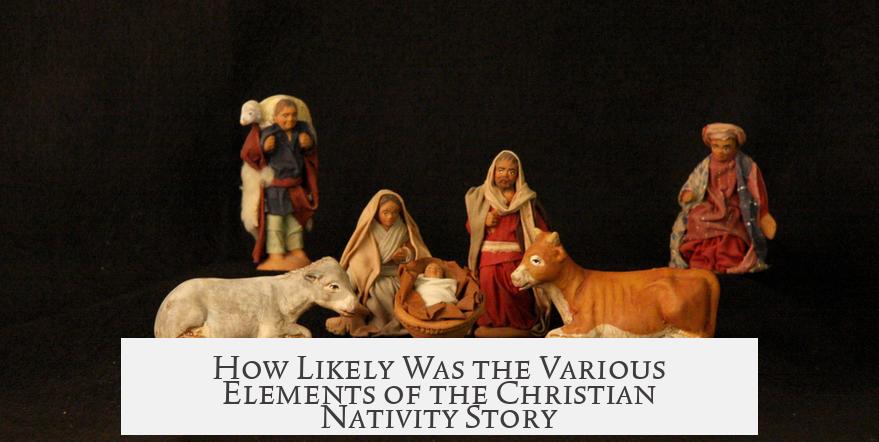
The Christian Nativity story, as told in the Gospels of Matthew and Luke, is a tapestry woven from separate threads that rarely overlap—and when they do, they often contradict. So just how plausible are the elements within these two narratives? Let’s unpack this fascinating biblical mystery and get to the heart of what scholars really think.
The first surprise for many is that there isn’t just one Nativity story. Instead, we have two quite distinct accounts with very little agreement. Matthew’s version features the star, the wise Magi from the East, terrifying dreams, a massacre of infant boys, and a daring escape to Egypt. Luke gives us angels visiting shepherds, a census causing travel to Bethlehem, a humble manger birth scene, and a presentation at the Temple. These stories almost read like different Christmas specials airing the same season, but with different plots!
Two Tales, No Teamwork
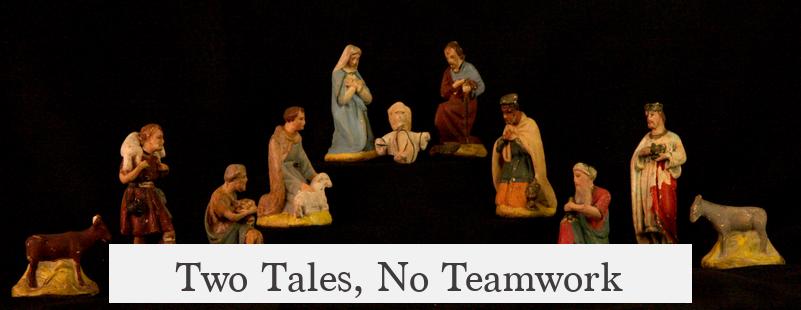
Matthew and Luke seem to be telling different episodes in different lands. For instance, Matthew has the family living in Bethlehem from the get-go. Their migration to Nazareth happens only after fleeing Herod’s deadly paranoia. Luke, on the other hand, starts in Nazareth and uses a Roman census as a plot device to bring Mary and Joseph to Bethlehem. There’s no census mentioned in Matthew, and the fear of Herod that motivates Matthew’s characters doesn’t exist in Luke’s story. Instead, Luke’s couple travels openly to Jerusalem, with no hint of danger. Talk about travel plans gone wild!
What’s intriguing is that scholars widely agree: these two accounts aren’t just different—they are irreconcilably different. As the acclaimed biblical scholar Raymond Brown famously states, the narratives are “entirely separate, irreconcilable, and mostly false.” The consensus among experts is that the nativity stories probably hold little to no historical truth.
Shared Threads: What Do They Agree On?

- The names of the parents— Joseph and Mary appear in both narratives.
- Joseph’s royal lineage— both give Joseph descent from King David.
- The supernatural conception— Mary becomes pregnant through divine intervention.
These points of agreement suggest some common early Christian traditions, but beyond that, the overlap is minimal.
Clashing Details: When Stories Don’t Match

Ask yourself: Was Jesus born during Herod’s reign (around 4 BCE) or during the governorship of Quirinius (about 6 CE)? Matthew’s story fits the earlier date under Herod, while Luke’s timeline points later, around the time Quirinius’ census supposedly happened.
Then there’s the matter of family movement. Matthew’s Joseph flees to Egypt to escape Herod’s murderous plans and returns only when the danger passes. Luke’s Joseph and Mary make no such escape; instead, they travel freely to Jerusalem as part of the census requirement.
Even the genealogies don’t agree! Both Gospels try to anchor Jesus in King David’s royal bloodline, but their family trees differ wildly. If both were true, Joseph would have “two fathers.” That’s one complicated family reunion.
The Census Debate: History vs. Storytelling
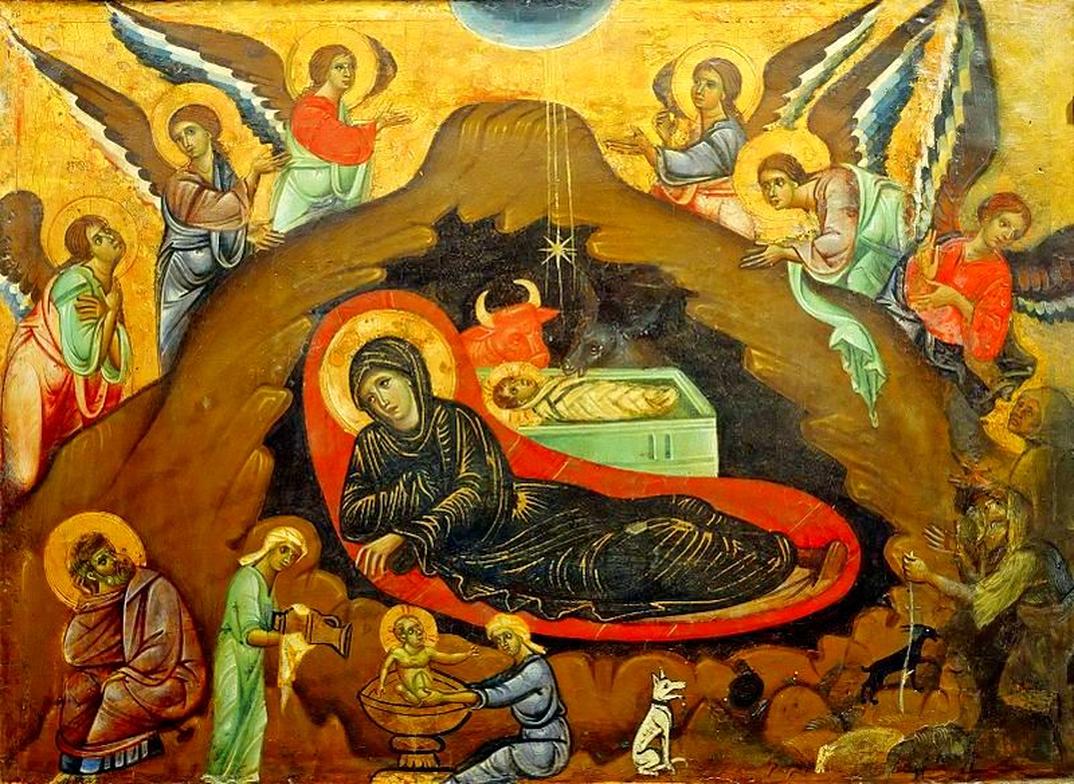
Luke’s census is one of the most discussed parts. It’s the reason Mary and Joseph leave Nazareth for Bethlehem. Sounds straightforward, right? Actually, it doesn’t quite fit Roman historical records. Augustus did order censuses, but these mostly counted Roman citizens, and Nazareth wasn’t a hub of Roman citizens required to travel for registration.
More importantly, the specific census Luke names— that of Quirinius— occurred years after Herod’s death, making the timing problematic. Scholars suggest Luke’s census narrative might be a literary device rather than a historical event.
Stories in the Stars and Dreams
Matthew’s tale includes the Magi, mysteriously guided by a bright star—apparently an astrological phenomenon signaling the birth of a king. While this sounds magical (because it is), historians and scientists agree it’s not historically plausible. The idea of wise men traveling vast distances led by a star fits poetic storytelling more than astronomy.
Dreams play a big role too. Angels appear in dreams to Joseph and the Magi in Matthew, while in Luke angels visit Mary and shepherds in person. Both use angelic visits to add divine weight to the tale, but this literary use of dreams is a classic storytelling trope rather than historical reportage.
The Birth and Surroundings—Fact or Fiction?
Luke’s depiction of a lowly birth in a manger, due to the lack of room at the inn, seems grounded in a touch of everyday realism—or at least a tangible metaphor for humility. Matthew’s version is simpler—a home birth in Bethlehem—though historical evidence about such home births is thin.
Later traditions introduced even more detail, such as the birth in a cave (drawn from the 2nd-century Protevangelium of James), the presence of animals like ox and ass (first mentioned in the 3rd century by Origen), and even a midwife attending the delivery. These additions help flesh out the story for devotional purposes but are nowhere near the earliest texts.
Why Two Stories? Why So Different?
Ancient Christians weren’t writing modern biographies. They aimed to convey theological truths and inspire faith. So, the differences may reflect various theological emphases or communities rather than literal history. Luke’s narrative highlights social humility and divine inauguration with shepherds and temple presentations. Matthew’s stresses Jesus as the Jewish Messiah, fulfilling prophecies and surviving threats posed by kings like Herod.
It’s worth asking: could these differences actually serve a spiritual purpose? Maybe highlighting separate truths rather than factual details?
What Should We Take Away?
The most reliable conclusion scholars offer is this: the Christian Nativity stories, as recorded in Matthew and Luke, are mainly theological narratives rather than straightforward history. The overlap between the two is minimal, and many elements—astrological phenomena, miraculous dreams, census travel—are not historically probable.
This influences how one views the Nativity today. Is it a strict historical account, or is it a powerful symbolic origin story meant to teach about faith, hope, and divine presence in humble circumstances?
For those curious about biblical history, the key is to recognize the blend of myth, theology, and sparse historical echoes. For believers, these stories carry profound spiritual meaning. For skeptics, they offer a fascinating case study in ancient storytelling.
So, How Likely is the Nativity Story?
Put simply? The main elements as described probably did not happen exactly as told. They are mostly theological creations, with very weak historical support.
But isn’t it remarkable how over centuries, these stories have shaped Christmas traditions around the world, influencing art, music, and culture? Whether one believes in historical fact or spiritual truth, the Nativity story remains one of the most enduring and evocative tales ever told.
References for Further Thought
- Raymond Brown, The Birth of the Messiah (1977) – a seminal work exploring the Gospels’ birth narratives with nuance.
- Reddit users u/KiwiHellenist and u/Trevor_Culley – deep dives on Roman history and census plausibility provide an accessible modern take on historical context.
Have you ever wondered what it means when ancient stories don’t line up perfectly? How does knowing this impact your view of tradition? Food for thought this Christmas and beyond.
